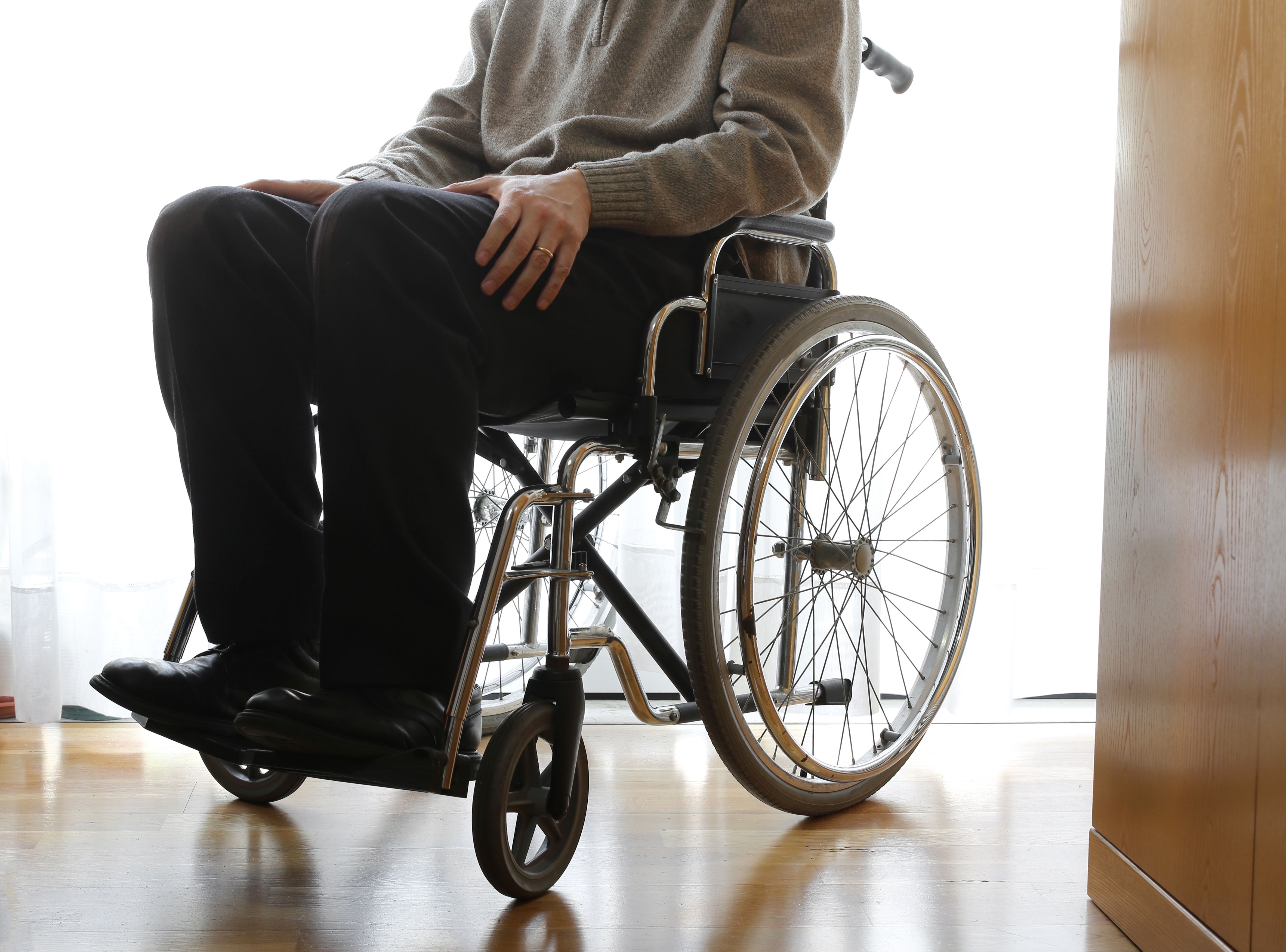News
Article
At-Home DMD Video Assessment Found Valid, Reliable
Author(s):
Key Takeaways
- DVA 2.0 is a home-based tool for assessing movement in DMD patients, using caregiver-recorded videos evaluated by certified therapists.
- The tool's total composite severity percentage showed excellent inter-rater reliability (ICC of 0.99) and strong convergent validity with NSAA and PUL 2.0 scores.
The remote measurement tool enables Duchenne muscular dystrophy (DMD) assessments through analysis of caregiver-recorded videos.
A home-based video assessment tool, the Duchenne Video Assessment (DVA) 2.0, is a reliable, valid measure of ease of movement for patients with Duchenne muscular dystrophy (DMD), according to a poster presented at the 2025 Muscular Dystrophy Association (MDA) Clinical & Scientific Conference.1 The assessment, which utilizes a secure mobile app, may allow for the evaluation of typical performance in the home setting instead of best performance in the clinical setting, according to the study authors.
While previous research on the DVA focused on task-specific measurements, the new study focused on total composite severity percentage among patients with DMD. | Image credit: ChiccoDodiFC - stock.adobe.com

The DVA is a home-based tool that involves caregivers recording videos of patients attempting specific movements—such as “climb 5 stairs,” “raise hands above head,” or “eat 10 bites”—using a mobile application. Then, DVA-certified physical therapists assess the videos with validated scorecards that include clinically significant compensatory movement criteria. The DVA 2.0 includes 18 movement tasks and evaluates patients at any stage of DMD by having them complete tasks that are relevant to their specific functional group.
“As movement becomes more limited, individuals with DMD change the way they move and adopt movement compensations to maintain their ability to perform daily activities,” the authors explained. “Measuring the severity of compensations required to complete a movement task may allow clinical trials to detect incremental yet still clinically meaningful functional changes in a shorter duration than existing measures.”
Whereas previous research on the DVA focused on task-specific measurements, the new study focused on total composite severity percentage, the authors explained. The total composite severity percentage is calculated by taking the total severity points received across all tasks and dividing by the maximum total severity points possible for all tasks.
The study aimed to evaluate the cross-sectional measurement properties of the DVA 2.0 total composite severity percentage using baseline data from the ARISE study (NCT05712447), which is a remote study aimed at creating a database of functional motor abilities in patients with DMD to support validation of the DVA.2 The ARISE study includes a total of 150 participants aged 2 and older with DMD.1
Researchers assessed the interrater reliability for the total composite severity percentage based on 3 raters’ evaluations of 129 patients with a median (IQR) age of 12 years (8-17). Reliability was reported as intraclass correlation coefficients (ICCs) based on 2-way random effects models. The authors also assessed the Spearman correlation between the DVA 2.0, North Star Ambulatory Assessment (NSAA), and Performance of Upper Limb (PUL) 2.0 test to evaluate convergent validity.
DVA 2.0 data were collected at baseline, week 2, month 6, month 12, month 18, and month 24; NSAA and PUL 2.0 scores were collected at baseline, month 12, and month 24. DVA data from baseline and from week 2 were assessed to estimate variability in the total composite severity percentage and calculate the minimally detectable difference (MDD), or the amount of change that exceeds test-retest variability.
The interrater reliability for the DVA2.0 total composite severity percentage was excellent, with an ICC of 0.99 (95% CI, 0.98-0.99). The composite severity percentage with the DVA 2.0 also showed convergent validity and strongly correlated with both the NSAA total score (ρ = –0.905) and the PUL 2.0 score (ρ = –0.928). The MDD was 6% for the total composite severity percentage.
“The DVA 2.0 Total Composite Severity Percentage was found to be a valid and reliable measure of ease of movement for individuals with DMD,” the authors concluded. “Future research will evaluate the longitudinal measurement properties of DVA 2.0.”
References
- Contesse MG, Sapp ATL, Gensler G, et al. Duchenne Video Assessment 2.0 total composite measurement properties: a valid and reliable home-based video assessment for Duchenne muscular dystrophy. Presented at: 2025 MDA Clinical & Scientific Conference; March 16-18, 2025; Dallas, TX. Poster 108.
- Duchenne Muscular Dystrophy Video Assessment Registry (ARISE). ClinicalTrials.gov. Updated November 14, 2024. Accessed April 18, 2025. https://clinicaltrials.gov/study/NCT05712447





